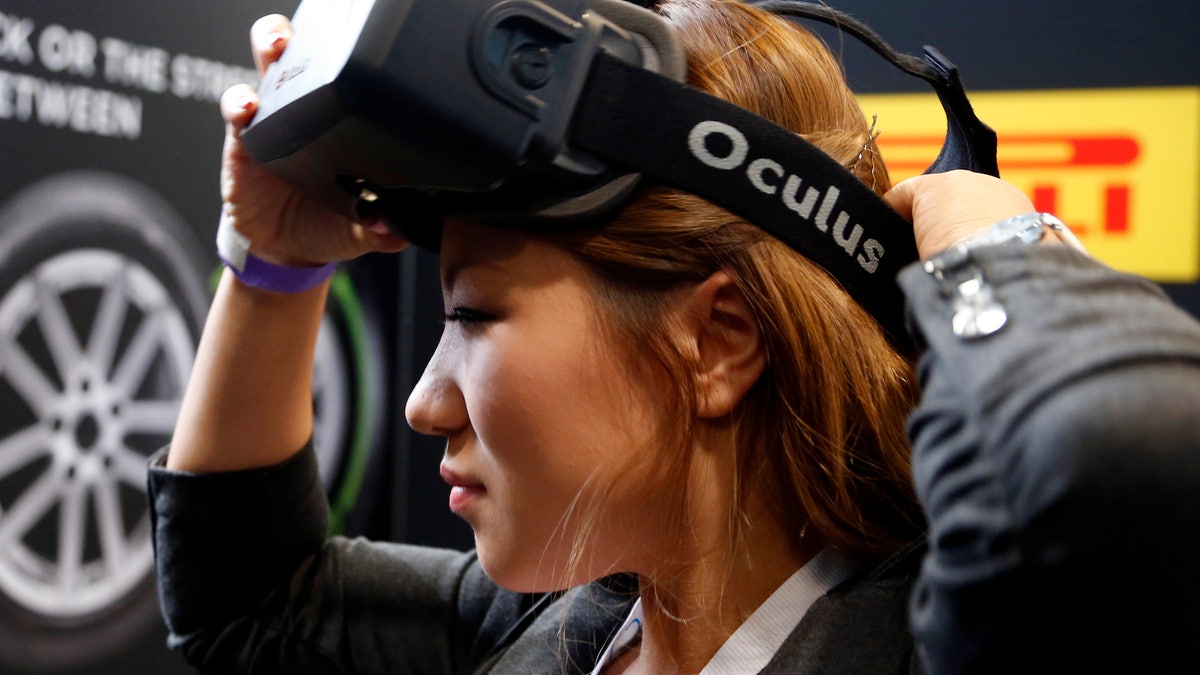
A woman puts on an Oculus virtual reality headset during preparations for the 2014 LA Auto Show in Los Angeles, California November 18, 2014. REUTERS/Lucy Nicholson
Software worker Erin Bell inched across a wooden plank suspended over a deep, rusted pit. When a Stanford University researcher asked her to step off, she wouldn’t do it.
In reality Ms. Bell was walking on a carpet with a virtual-reality headset strapped to her face. “I knew I was in a virtual environment,” she said later, “but I was still afraid.”
The psychological impact of lifelike virtual experiences is just one of the challenges for virtual reality, a technology that might finally have its commercial moment in 2016—after decades of hype.
Samsung Electronics Co. and Google parent Alphabet Inc. recently have released virtual-reality headsets that use smartphones as the screen. And, in coming months, Sony Corp., HTC Corp. and Facebook Inc.’s Oculus unit plan to release higher-end headsets that promise to immerse users in experiences that seem to be all around them.
Meanwhile, tech companies and media titans such as Walt Disney Co. and 21st Century Fox are developing content for the headsets, including interactive short films, courtside views of pro-basketball games and popular videogames such as “Minecraft.” The technology also is expected to be one of the main draws this week at the Consumer Electronics Show in Las Vegas.
Beyond the common issues facing new technologies, such as whether consumers will pony up hundreds of dollars for another device, virtual reality is grappling with questions about how it affects a user’s body and mind.
Click for more from The Wall Street Journal.
